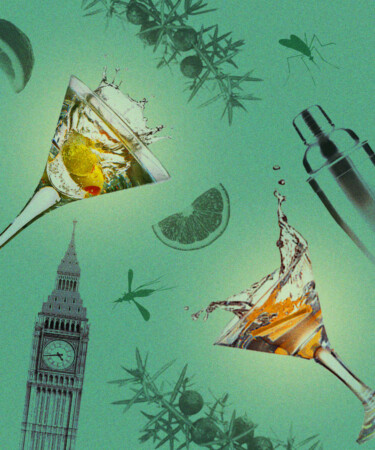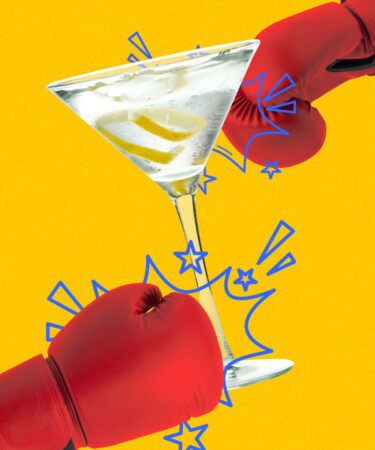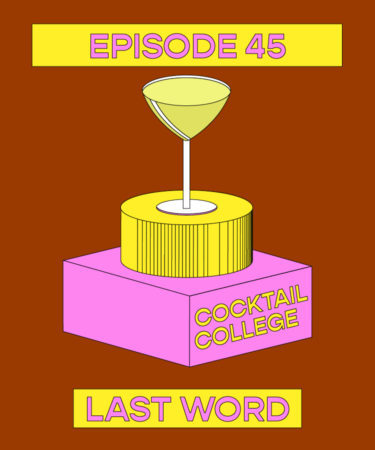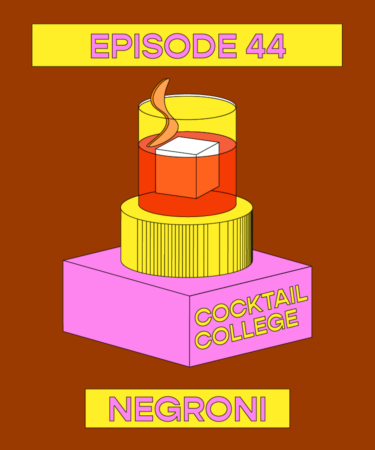Table Of Contents
Gin 101
Last Updated: April 25, 2024
Gin is a clear, distilled spirit with dominant botanical flavors of juniper, flowers, and fresh and dried fruit. The name gin derives from the word genever (old English), genièvre (French) and jenever (Dutch), all of which are derivatives of the Latin word juniperus, meaning juniper. When sold in the U.S., gin must arrive at a minimum 40 percent ABV and have a clearly identifiable juniper influence.
Looking for a bottle to drink? See our always updated list of the best Gins!
Different Types of Gin
There are two types of gin that are most common in the U.S. market. Distilled gin is made by distilling a mash, or fermented alcohol base, similar to production of brandy or whiskey. Redistilled gin is made from the second distillation of a neutral spirit. Both types receive their flavor via an infusion of fresh or dried juniper berries and other botanical ingredients (collectively known as the “botanical bill”). A third, less common (and cheaper), type is compound gin, which mixes neutral spirit with juniper berry extract or essences (in addition to other aromatics if desired) to gain flavor.
In addition to the three classifications, there are several popular styles of gin. London Dry gin is the most traditional and the benchmark for quality gin. It’s usually light-bodied, highly aromatic, and very dry, with a very pronounced juniper note. No artificial flavorings or botanicals can be added after the distillation process. Plymouth gin is a lighter, more citrus-forward style that originated in the port of Plymouth on the English Channel. Today, only one distiller has the right to produce it, Plymouth, Coates & Co. Old Tom gin, which is most famously included in the Tom Collins cocktail, is a sweeter version that includes simple syrup, or sometimes licorice, before distillation and is occasionally before release. New Western Dry gin is modern style with less dominant flavors of juniper. Instead, supporting botanicals and flavors take center stage.
How Gin is Made
The biggest difference between distilled gin and redistilled gin relates to the base alcohol. The former distills a lower-ABV fermented alcohol, which can be derived from grains, sugar beets, potatoes, sugar cane, or grapes. The latter uses an already distilled spirit (usually neutral grain) as the base.
The juniper and botanical flavors are infused into the spirit using one of two methods. The first sees the botanical ingredients steeped and/or boiled directly in the base alcohol. In the second, the botanicals are suspended above the liquor and impart their flavor and aromas via vapor infusion.
How to Drink Gin
The easiest way to drink gin is with your favorite kind of tonic water in the classic G&T. Fortunately, it doesn’t take much to up your cocktail game and take gin to the next level. It’s the main ingredient in straightforward classics like the Gin Martini, Negroni, and French 75.
Gin Essential Info
- Color: Clear
- Region: Produced heavily in the U.K. but can be produced anywhere, historically from Holland; only 13 gins have “geographical indications”
- ABV: Minimum 40% ABV
- Aged: Possibly, 3 to 6 months if desired, but not necessary
- Made from: Usually a grain mash (could be barley or corn), can be made from any mash to produce a neutral spirit that’s then infused with botanicals including juniper
- Commercial Examples: Bombay Sapphire, Tanqueray, Ransom (Old Tom), Plymouth Gin, Berkshire Mountain Distiller’s Greylock Gin (U.S.), Dorothy Parker (U.S.)
- Popular Cocktails: Gin Martini, Gin Gimlet, Gin & Tonic, Negroni, Tom Collins, The Last Word
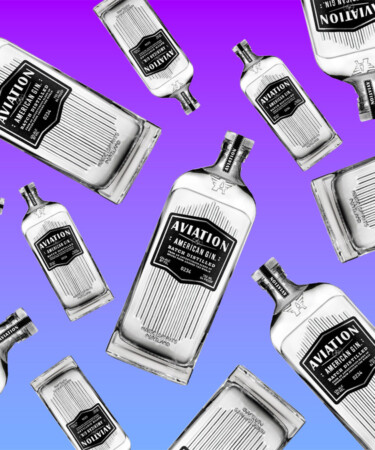
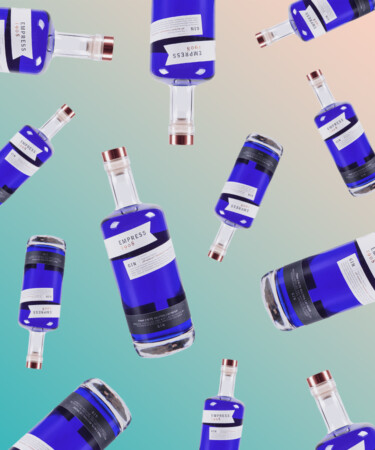
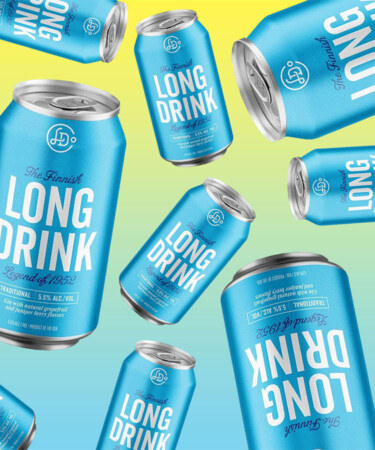
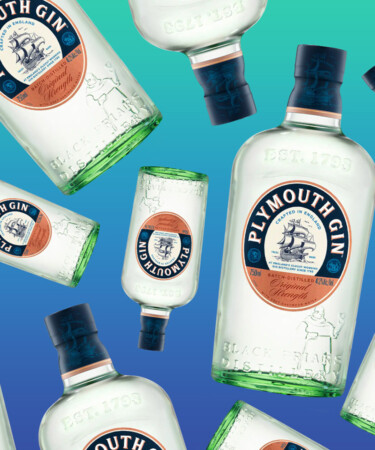
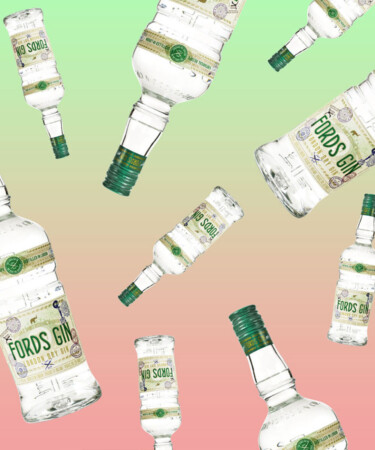
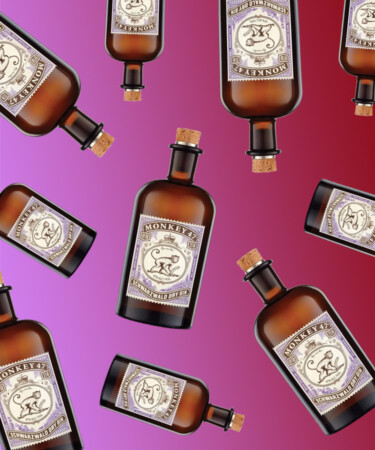
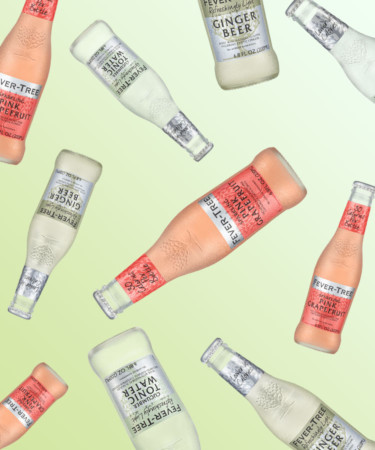
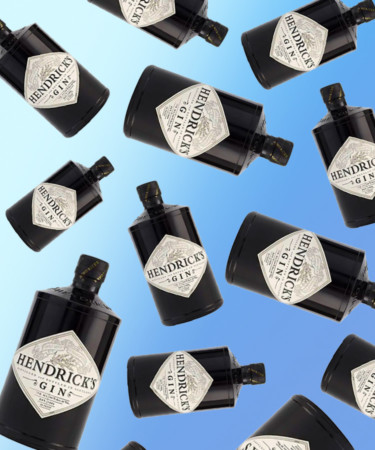
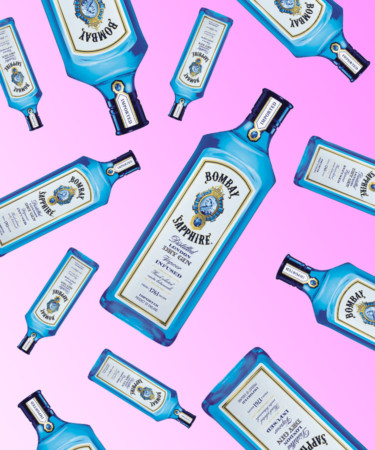
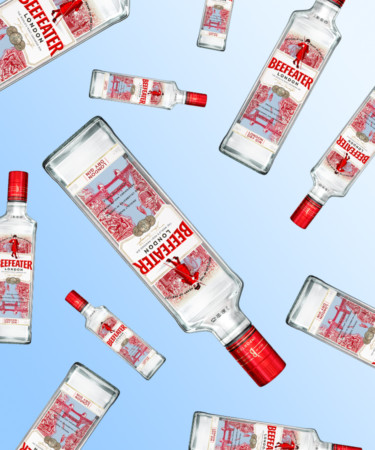
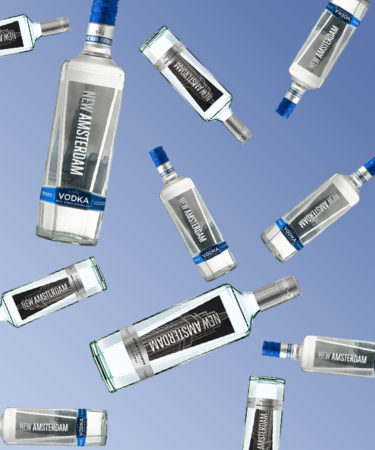
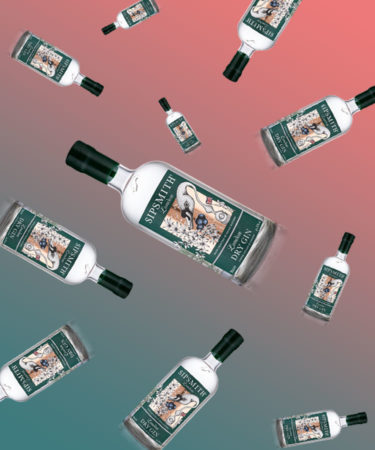
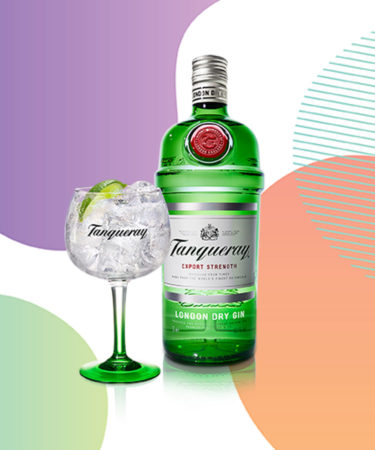
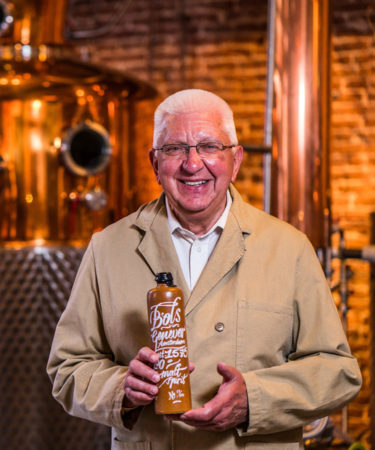
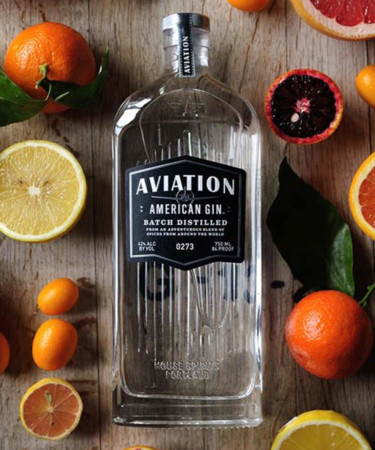
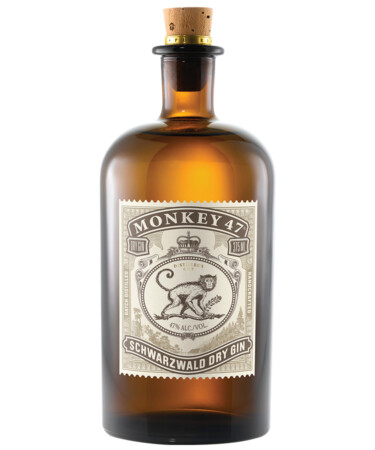
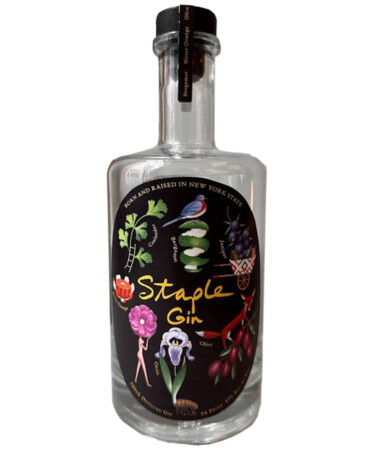
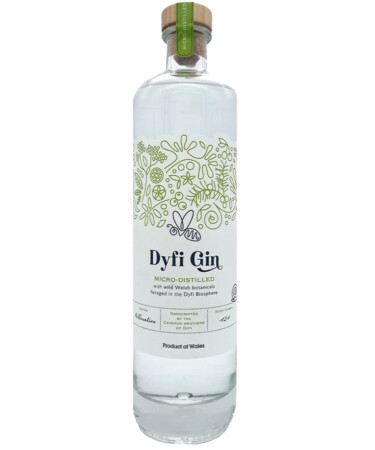
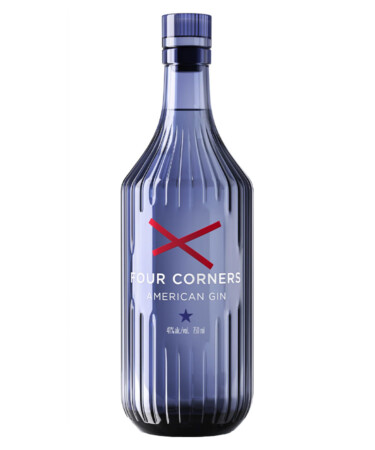
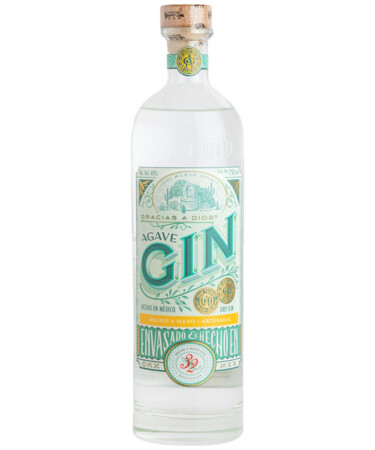
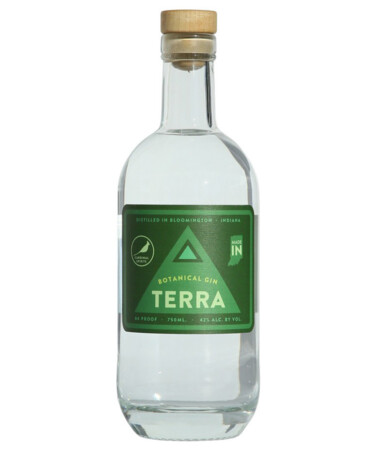
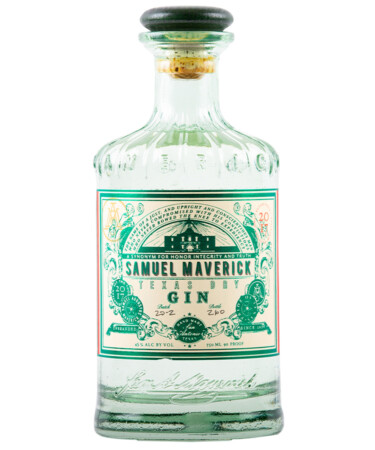
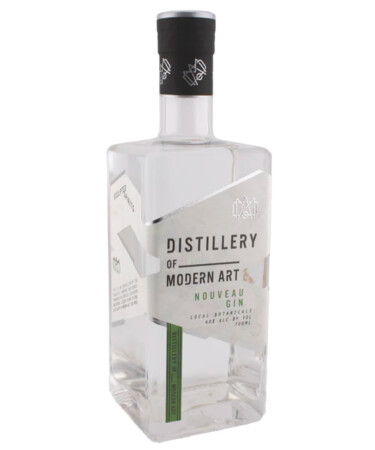
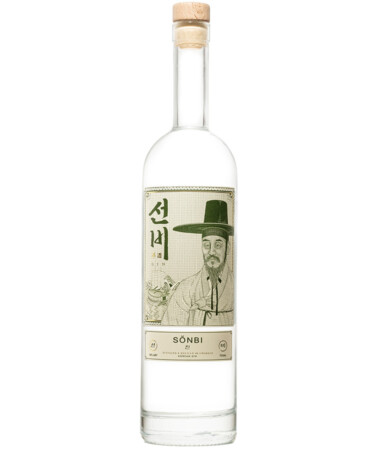
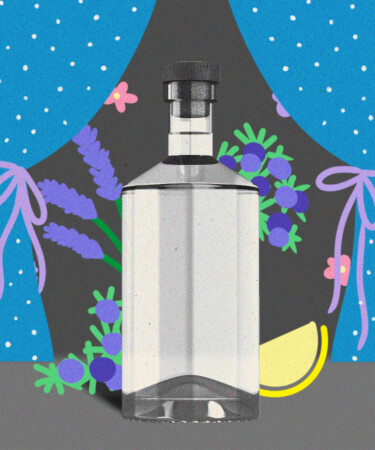
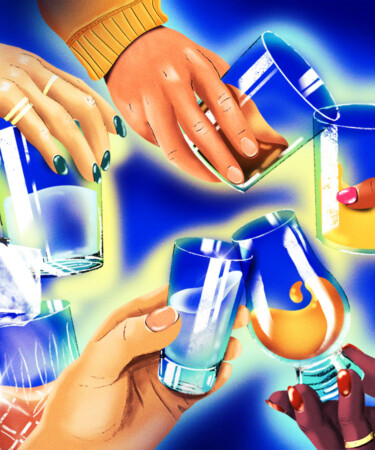
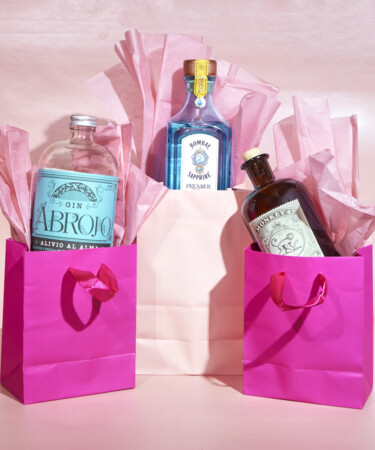
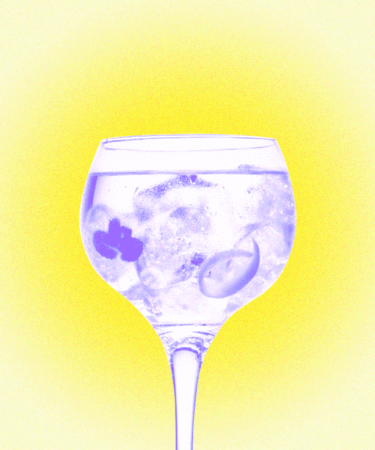
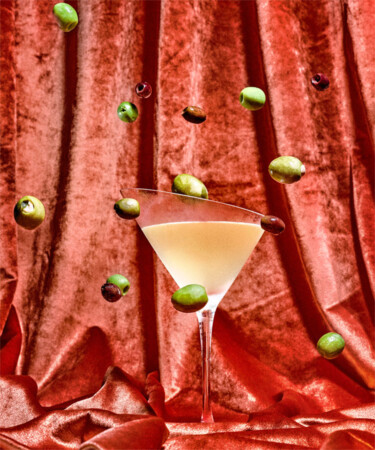
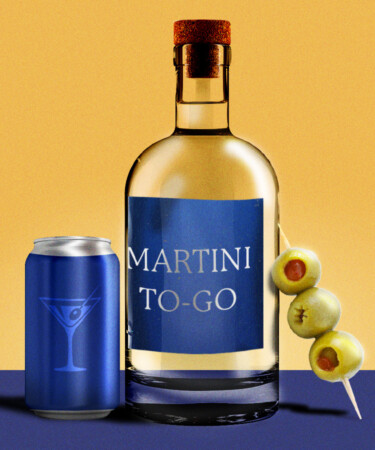
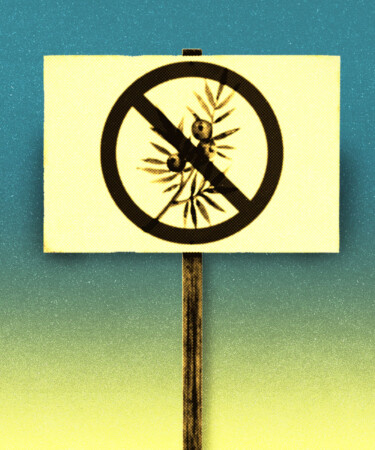
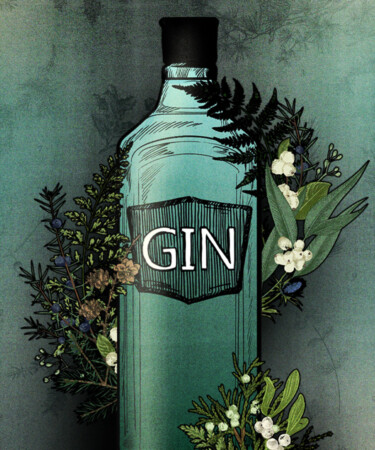
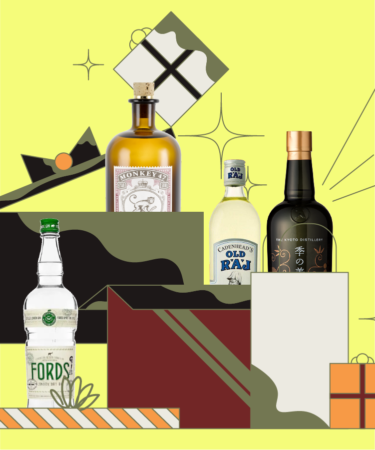
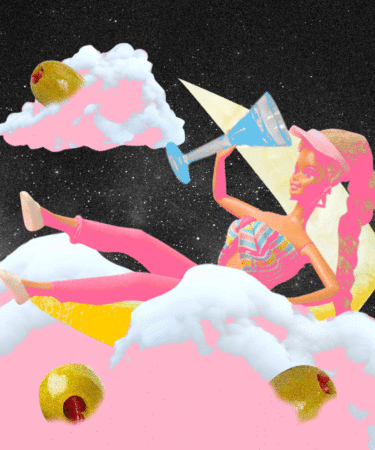


![An Essential Glassware Guide for Serving Drinks Like a Pro [Infographic]](https://vinepair.com/wp-content/uploads/2023/06/thebar-infographic3-essential-glassware-guide-card-375x450.jpg)
![12 Bottles Every Home Bar Needs [Infographic]](https://vinepair.com/wp-content/uploads/2021/12/12bottlebar_infographic_card-375x450.jpg)
![4 Ways to Level Up the Bramble [Infographic]](https://vinepair.com/wp-content/uploads/2021/06/bombaybramble_infographic_card_v2-1-375x450.png)
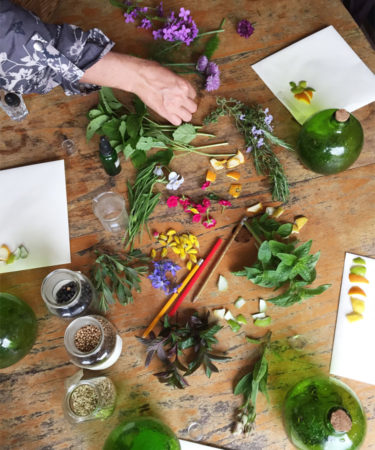
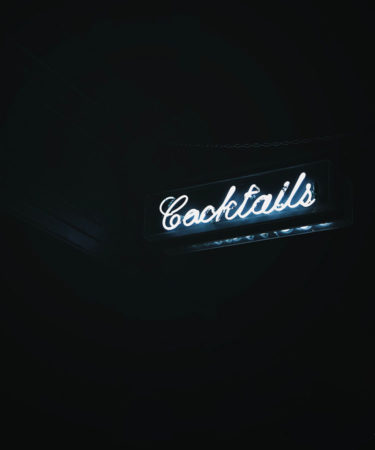
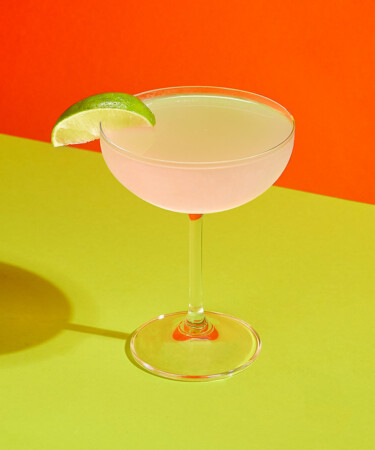
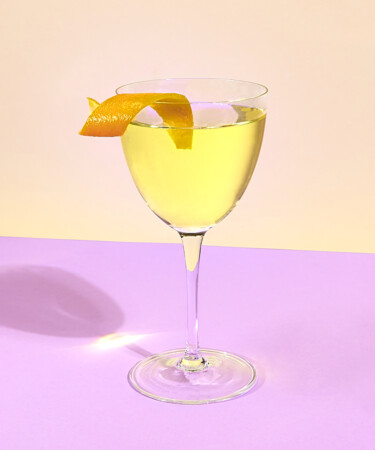
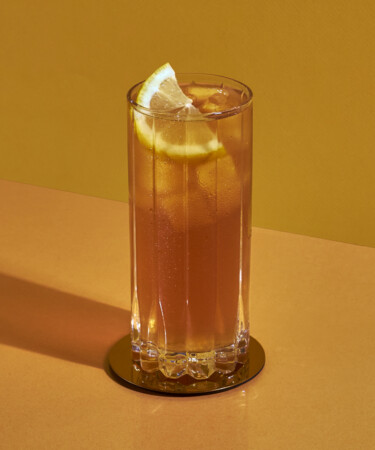
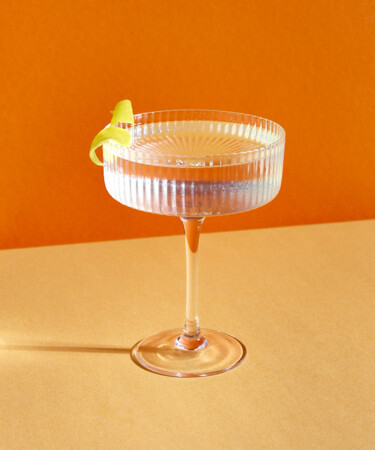
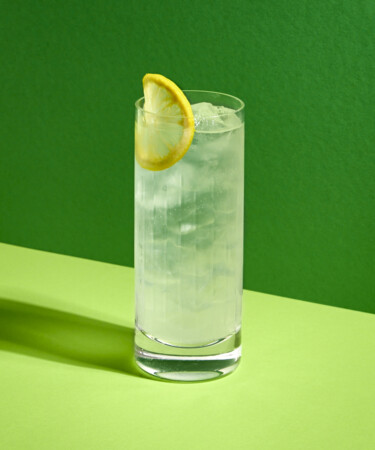
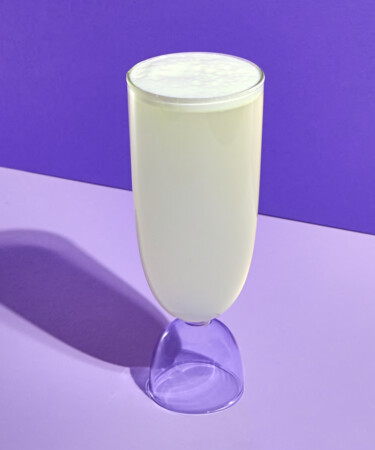
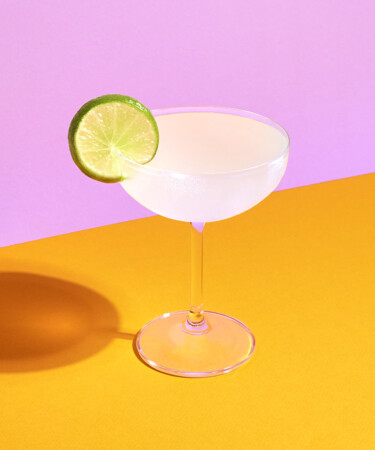
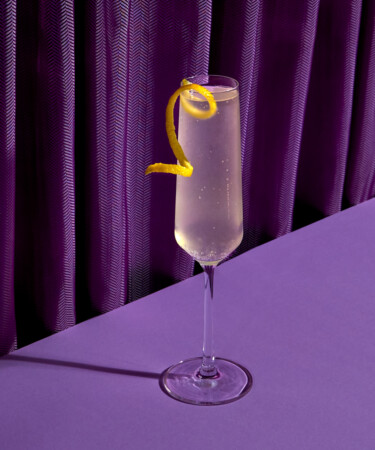
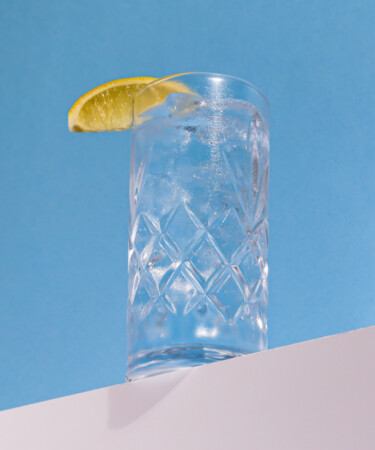
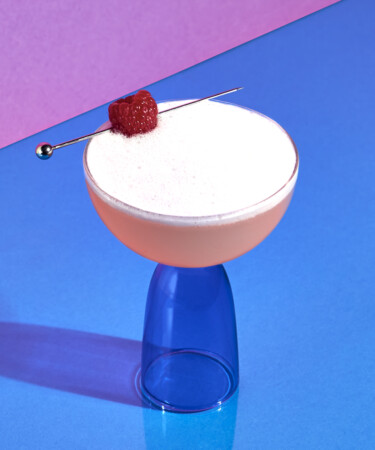
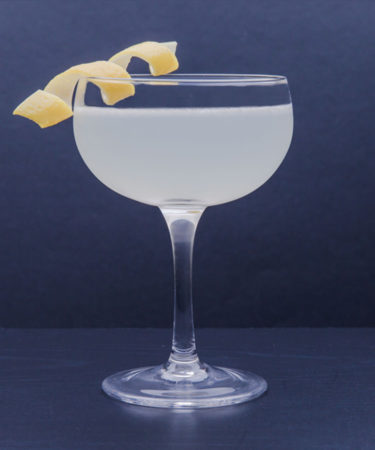
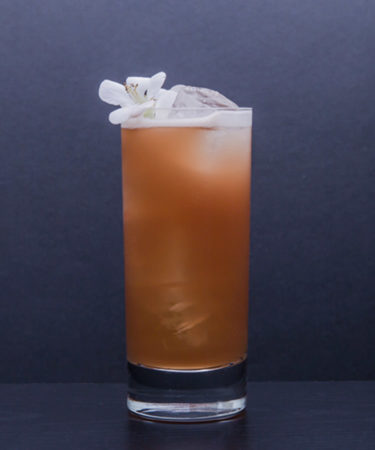
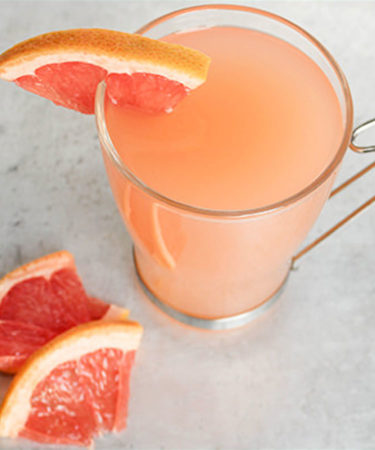
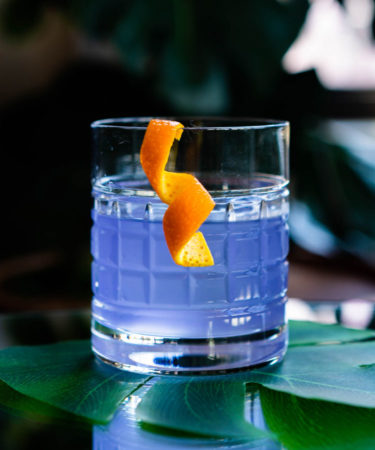
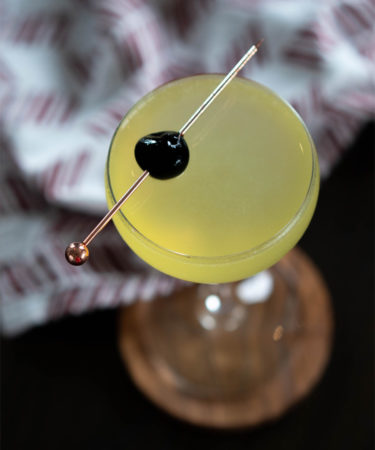
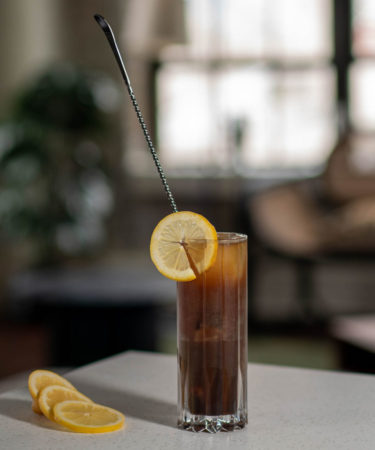
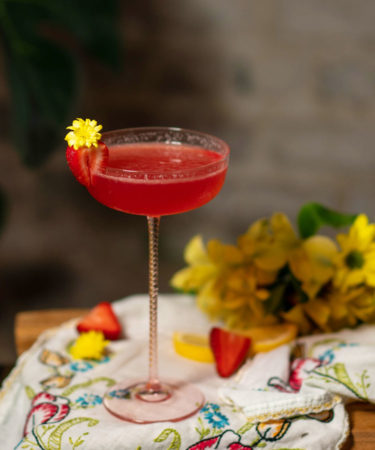
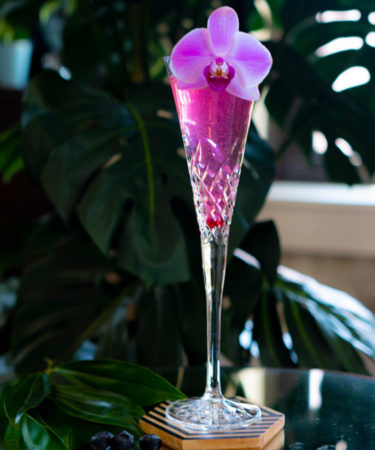
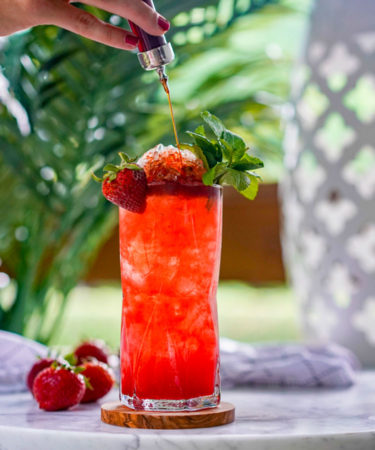
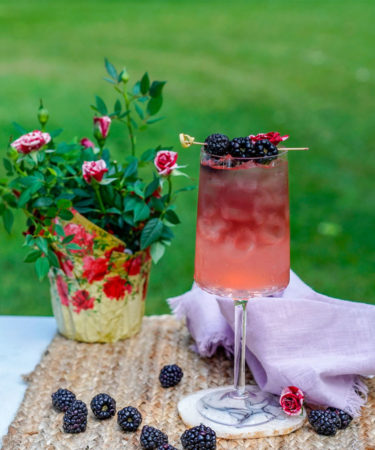
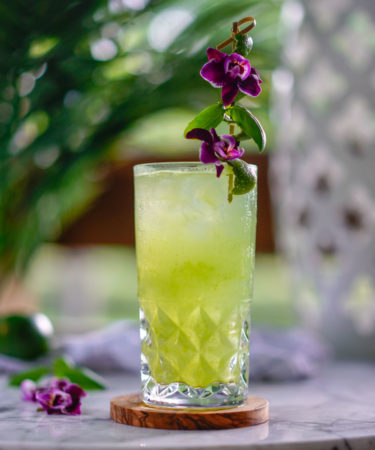
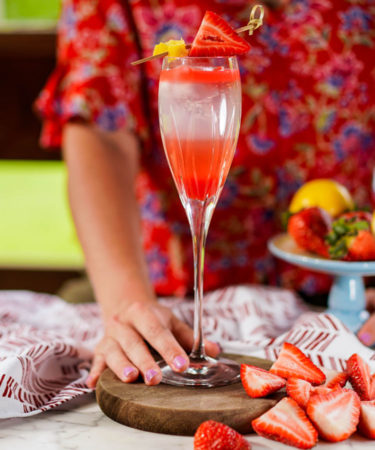
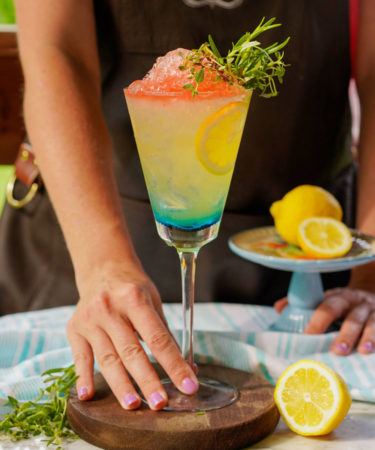
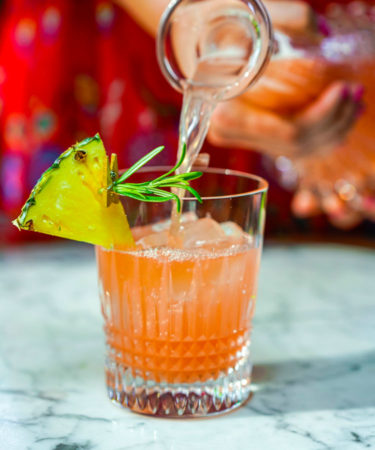
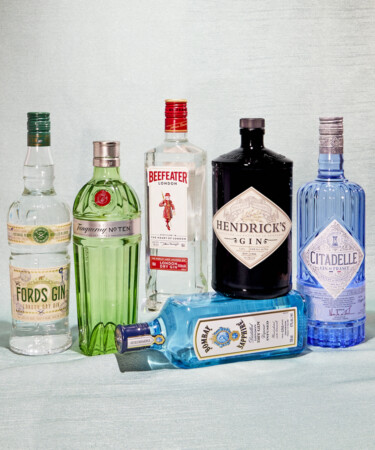
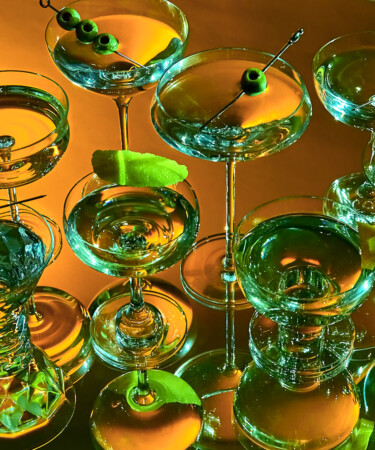
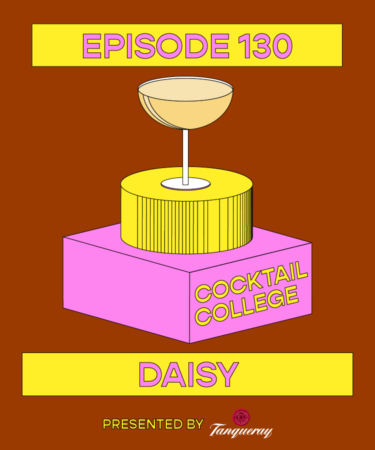
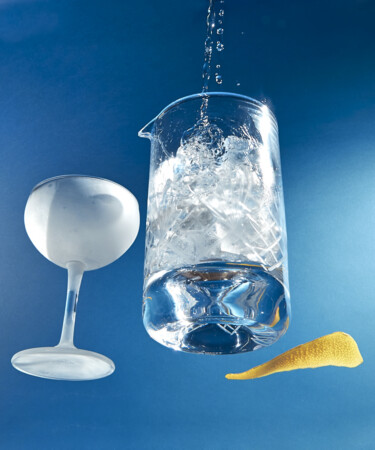
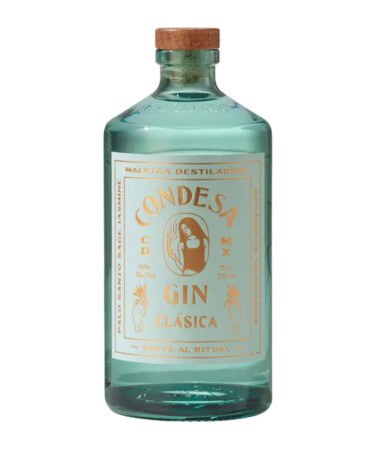
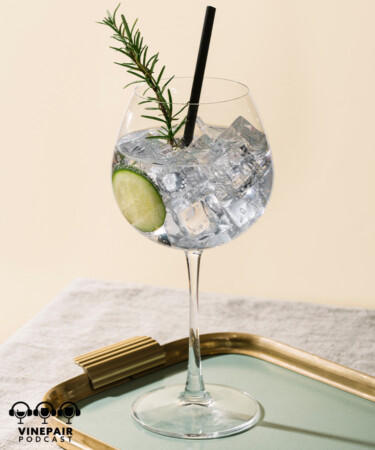
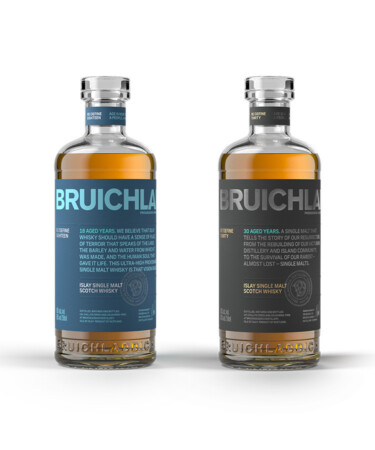
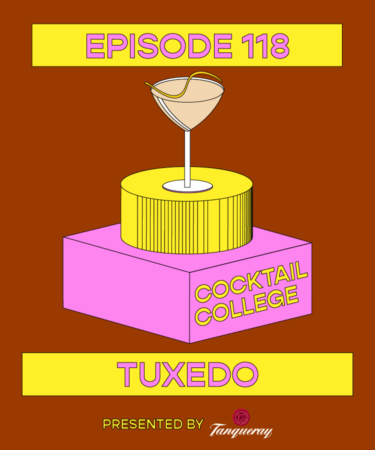
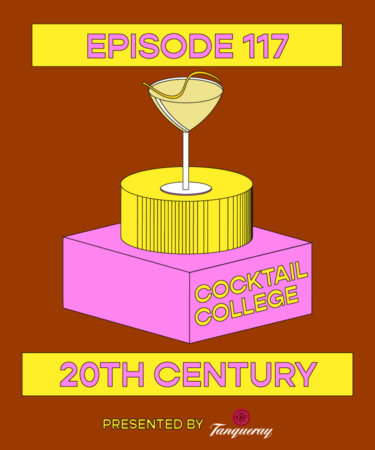
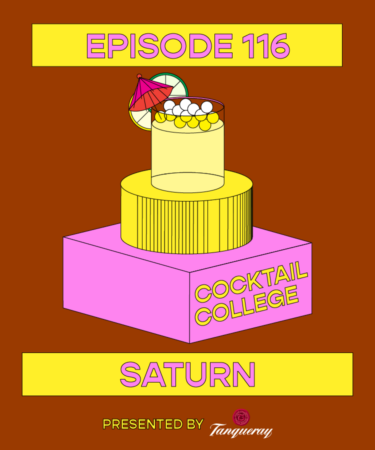
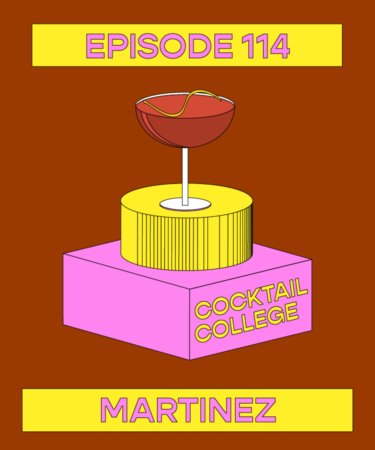
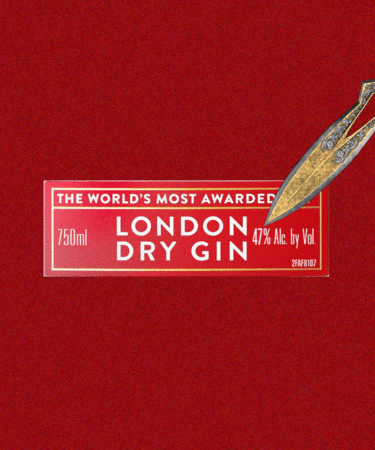
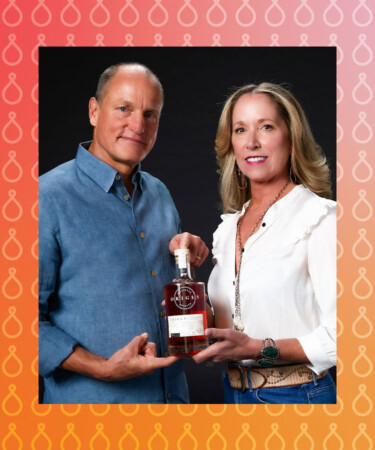
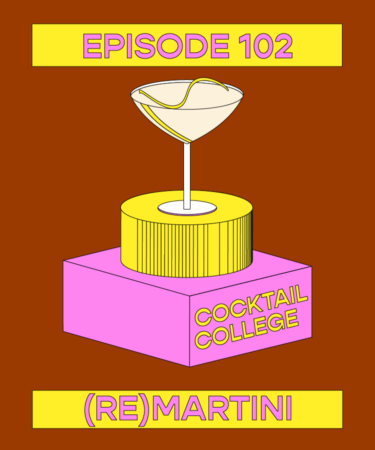
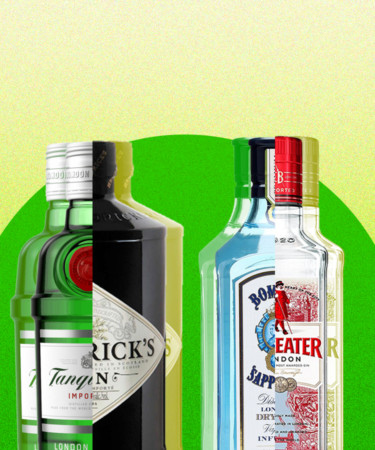
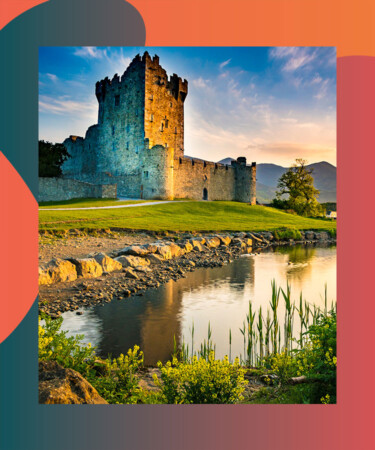
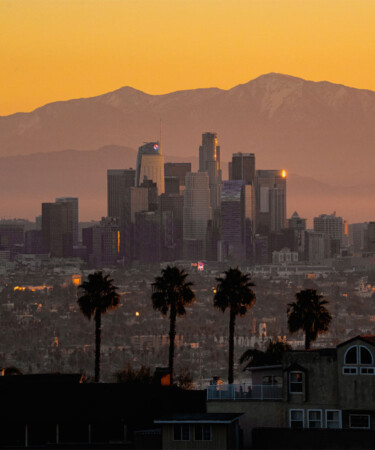
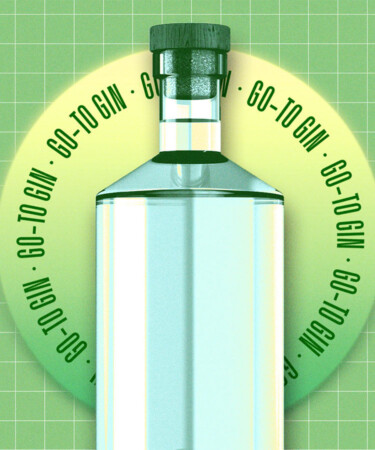
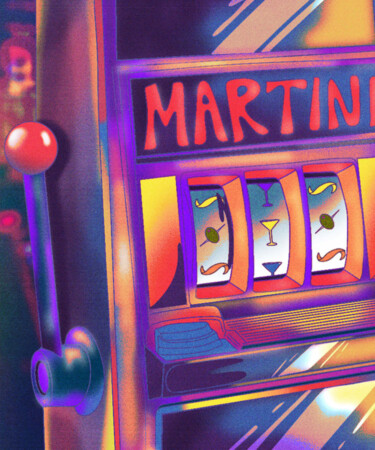
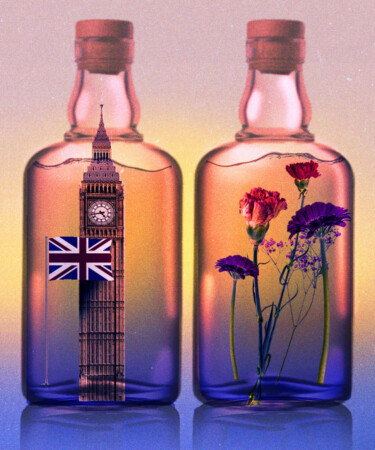
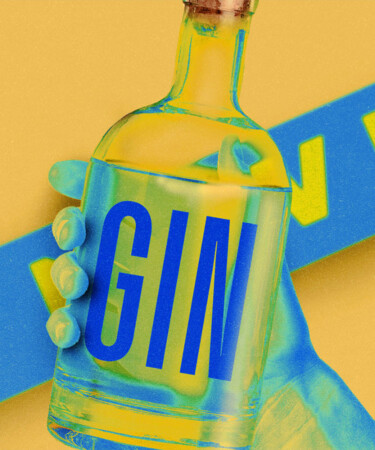
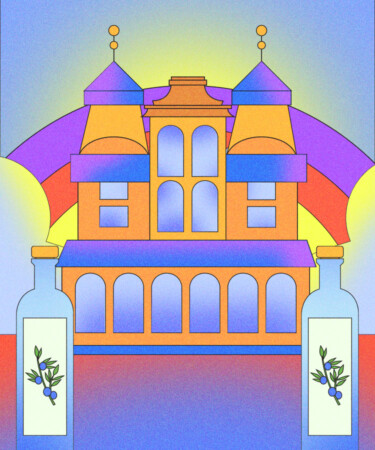
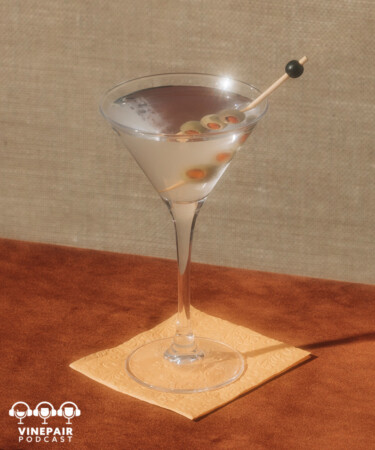
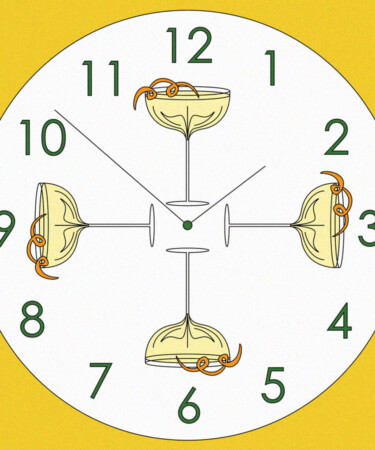

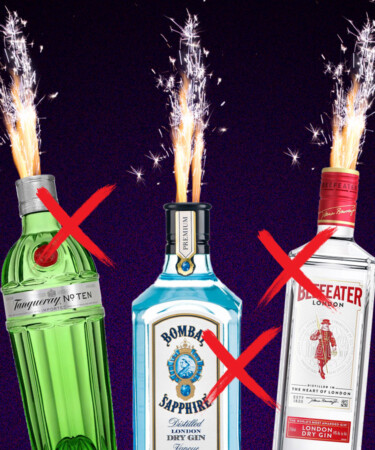


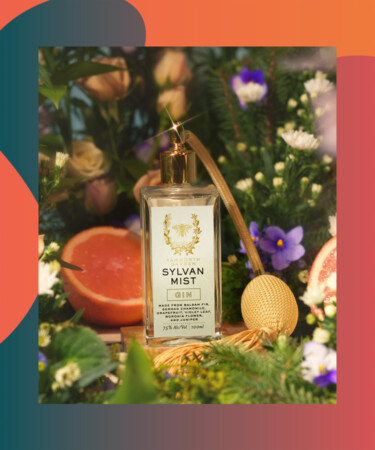
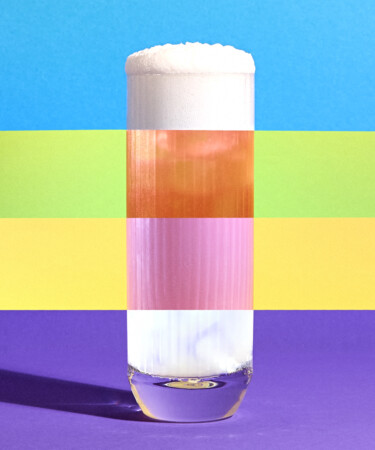
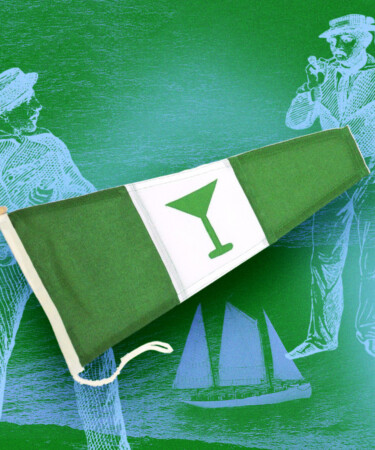
![Patio Season Is Here – Celebrate with a Botanist Collins [Video]](https://vinepair.com/wp-content/uploads/2023/03/thebotanist-video-3-card-1-375x450.jpg)

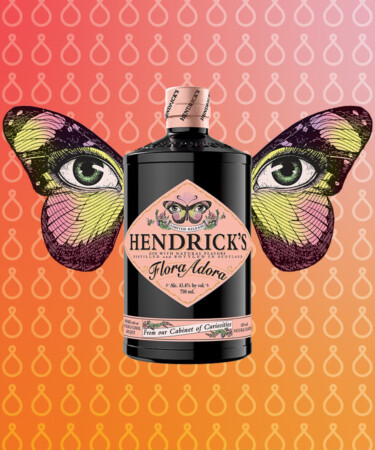
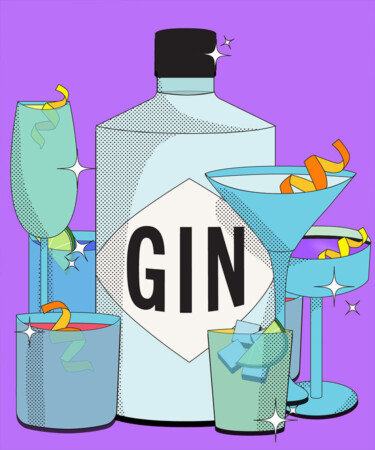

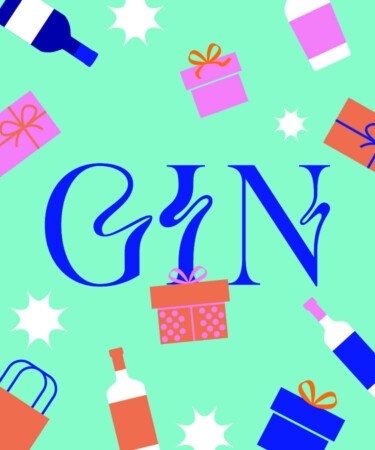
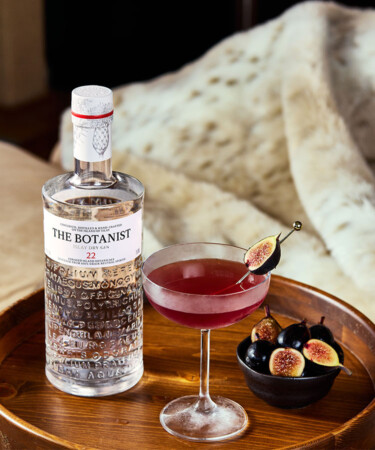
![How to Make a Perfectly Batched Botanist Gin Martini [Video]](https://vinepair.com/wp-content/uploads/2022/11/thebotanist-cocktail1-martini-card-375x450.jpg)
